Gallery
Photos from events, contest for the best costume, videos from master classes.
 | 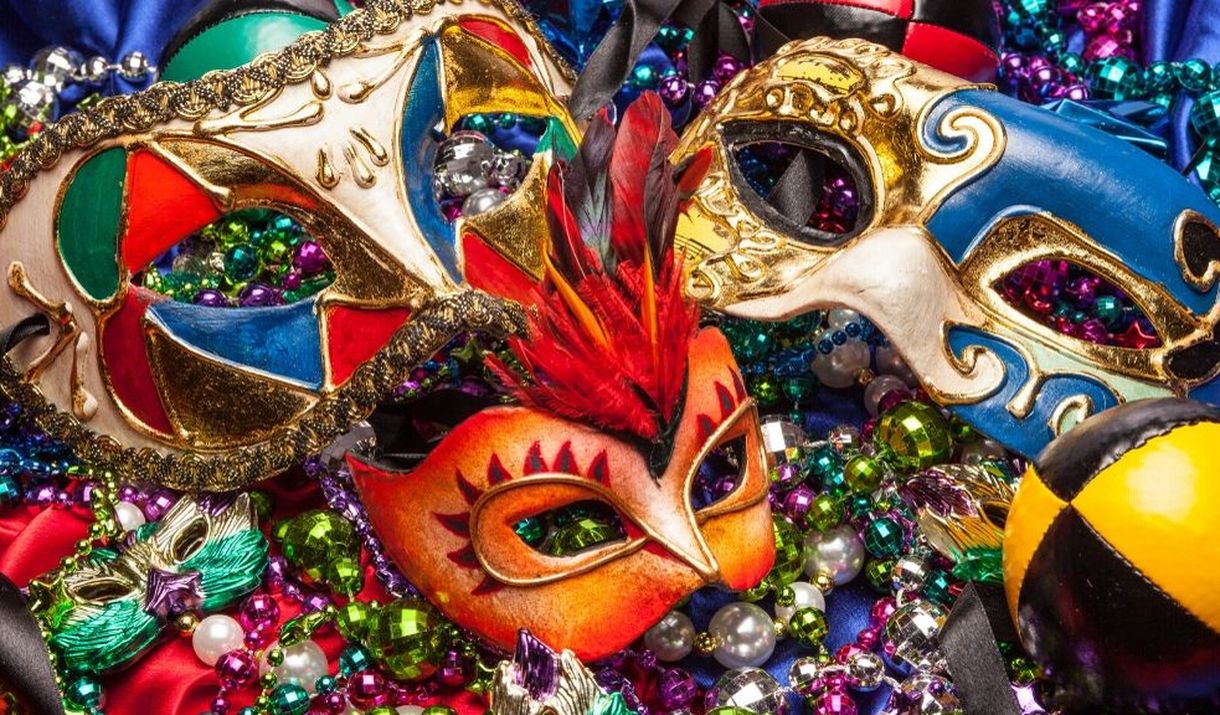 |
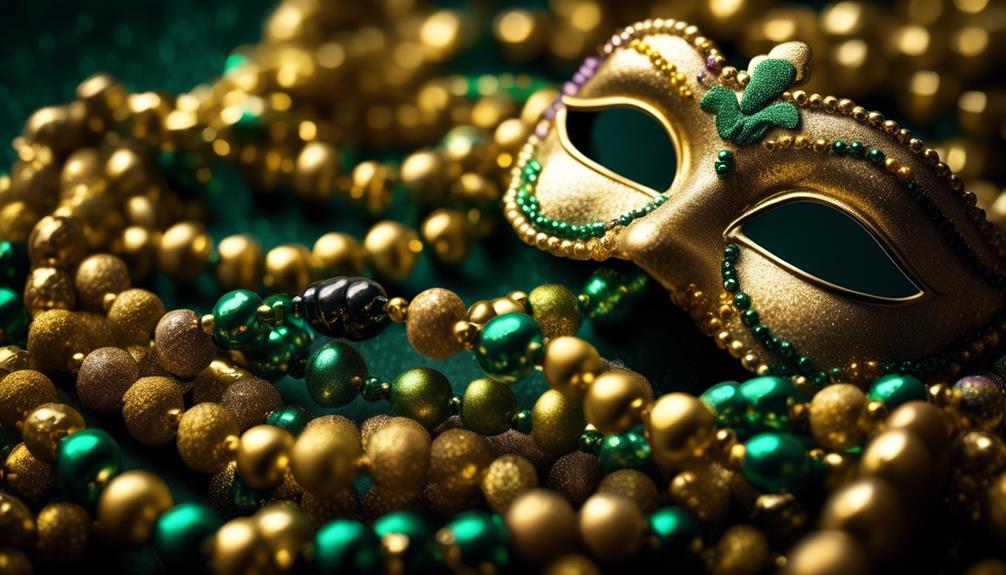 |  |
 | 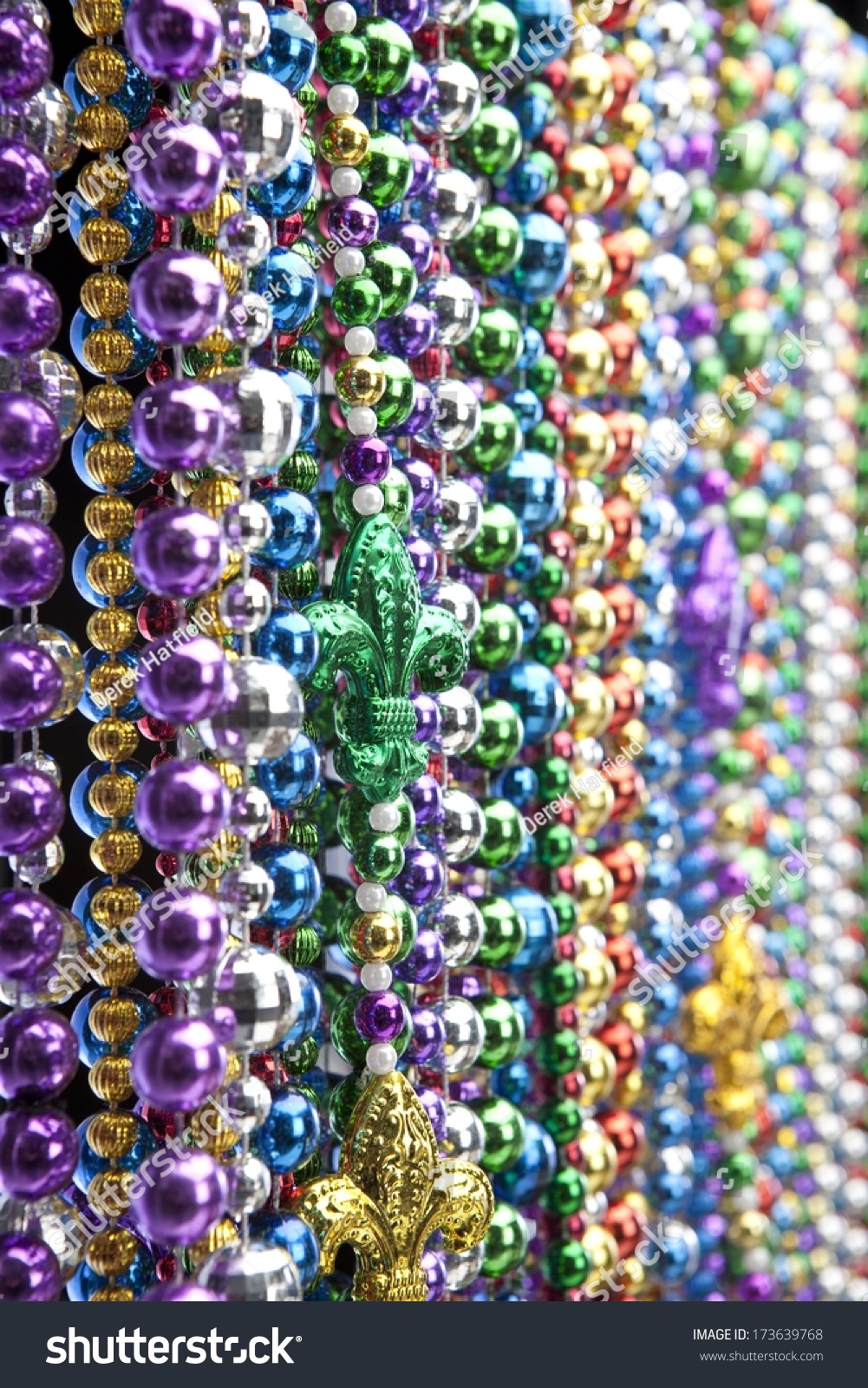 |
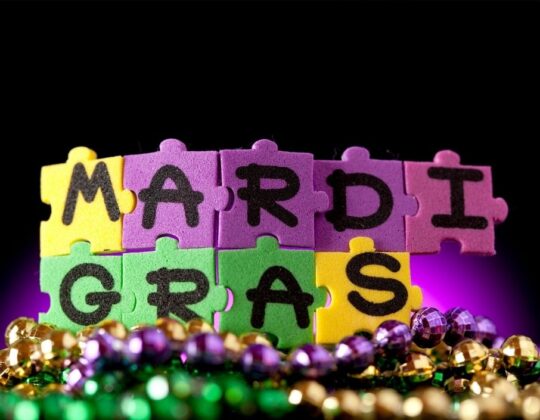 | 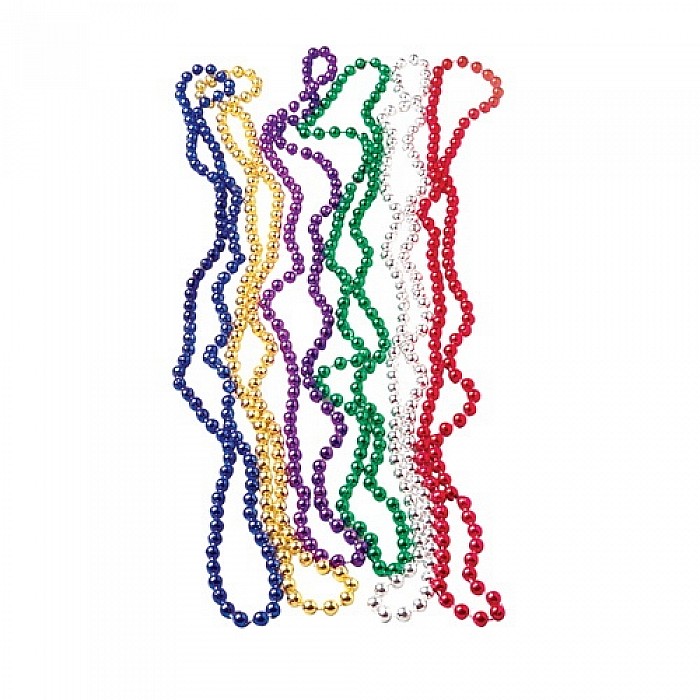 |
 |  |
 | 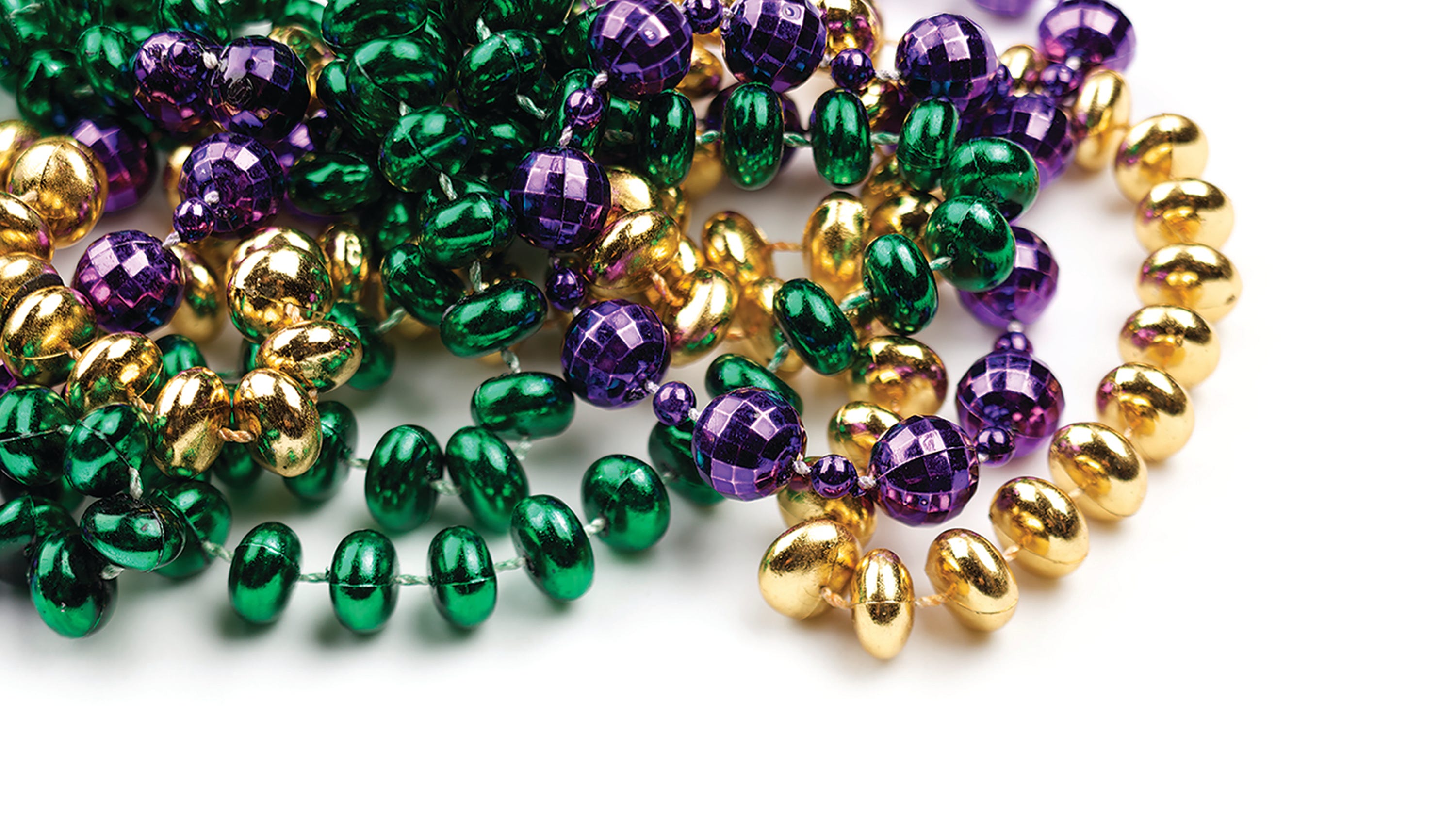 |
Mardi Gras beads meaning. One of the most common parade throws are Mardi Gras beads. A krewe called the Rex Organization introduced these beaded necklaces in 1921. When they were first introduced, the beads were made of glass and hand knotted on necklaces. Though they began as glass, most of the Mardi Gras beads you see thrown today are made of The typical colors of Mardi Gras beads, also called “throws,” were established in 1872. The traditional colors of the beads are purple, green, and gold, which represent justice, faith, and While seemingly simple, beads capture the collective effervescence that makes Mardi Gras magical. Their significance has evolved over generations and will continue being passed down for years to come. Conclusion. Mardi Gras beads are more than just plastic trinkets. Their colors hold symbolic meaning tied to the history and traditions of Carnival. Mardi Gras, celebrated the day before Ash Wednesday, is a time for feasting before the start of the Lenten fasting period. Do Mardi Gras Beads Have a Meaning? Mardi Gras beads do have meanings. They symbolize prosperity, faith, and power. During parades, beads are thrown to spread joy and unity. The beads and other throws are not just random trinkets, but they actually hold a more profound meaning related to the festive spirit of Mardi Gras. Moreover, the tradition of throwing and catching beads is also about having fun, connecting with others, and collecting as many tokens of the festivities as possible to remember the experience. Float riders toss beads, cups and doubloons to fans and revelers in the 2013 Krewe of Bacchus Mardi Gras Parade on Feb. 10, 2013, in New Orleans Skip Bolen—Getty Images Beads and Throws Mardi Gras beads are one of the most recognized and common parade throws, dating back to 1921 when the New Orleans Krewe of Rex Organization introduced them. Initially crafted from glass and hand-knotted, today’s beads are made mostly of plastic, making them more accessible to parade watchers. The tradition of throwing beads at Mardi Gras started in the early 1900s, and it was initially just small glass beads. However, the practice really took off in the 1960s, when plastic beads became more widely available, and the size and variety of beads increased. The meaning behind Mardi Gras beads is steeped in symbolism. The throwing of trinkets to the crowds was started in the early 1870s by the Twelfth Night Revelers, and is a time-honored expectation for young and old alike. Read more. Koerner writes that the first to toss beads was a man dressed as Santa Claus. The beads were an instant hit and were soon adopted by all krewes to throw in their parades. According to John Roach's article, "The Rich History of Mardi Gras's Cheap Trinkets," early glass beads were imported from Czechoslovakia or Japan. Mardi Gras is an annual pre-Lent celebration and New Orleans tradition. The idea was to toss the color to the person who exhibited the color’s meaning. Beads are a good time and can really Over time, the tradition of throwing beads to the crowds evolved, and they became a staple of Mardi Gras celebrations. The Early Years of Mardi Gras Beads. The early Mardi Gras beads were made from glass and were often decorated with intricate designs and patterns. They were initially used to decorate floats and other parade vehicles, but soon Mardi Gras is the celebration of the beginning of the Catholic Lenten season. Mardi Gras is French for "fat Tuesday" and embodies the abandonment and indulgence that many engage in before plunging into the 40 days of Lent that immediately follow. Beads Beyond Mardi Gras: Year-Round Meaning. Although Mardi Gras is the most prominent time to flaunt bead necklaces, their significance extends beyond the festive season. In New Orleans, bead necklaces are also associated with other events and occasions such as Saints football games, music festivals, and various parades throughout the year. What Does Mardi Gras Mean? Mardi is the French word for Tuesday, and gras means “fat.” In France, the day before Ash Wednesday came to be known as Mardi Gras, or “Fat Tuesday.” In order to get beads at Mardi Gras, you typically have to yell out something like “show me your boobs!” or “give me some beads!” Some people also like to flash their breasts or offer up other sexual favors in order to get beads. Mardi Gras Beads Meaning Of Colors. The colors of Mardi Gras beads have different meaning depending on who BONUS: According to legend, Mardi Gras colors influenced the choice of school colors for archrivals Louisiana State University and Tulane University. They say when LSU was deciding on its colors, the shops in New Orleans had stocked up on purple, green, and gold for the Mardi Gras season. The first Mardi Gras was held by French settlers on March 3, 1699, in Mobile, Alabama, once the capital of the Louisiana territory. In the late 1820s, the custom of dressing in colorful costumes Why are beads thrown at Mardi Gras? Beads are thrown at Mardi Gras as a way for people on the floats to interact with the crowd and share in the celebration. It has become a tradition to throw beads, along with other items like stuffed animals and light-up necklaces, to the spectators during Mardi Gras parades. What do the beads mean in It seemed as if the bead workers were treated as mules, with the forces of the market their masters. A family catches Mardi Gras beads during the Krewe of Thoth parade down St. Charles Avenue in 2000.
Articles and news, personal stories, interviews with experts.
Photos from events, contest for the best costume, videos from master classes.
 |  |
 |  |
 |  |
 |  |
 |  |
 |  |